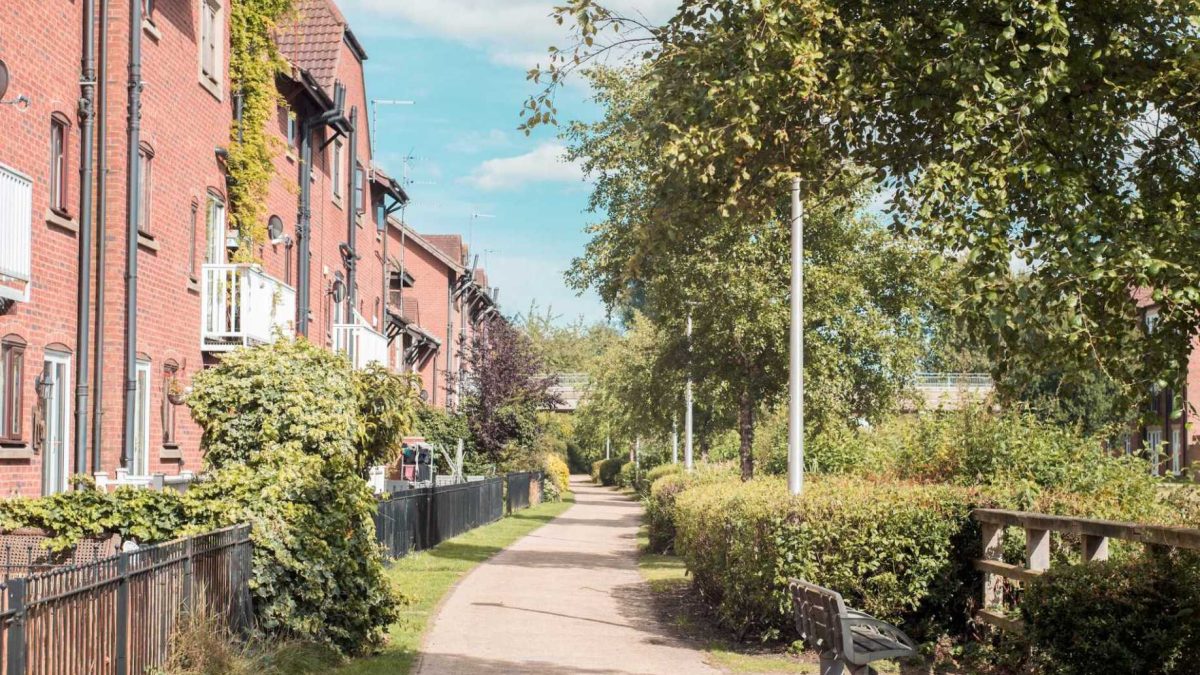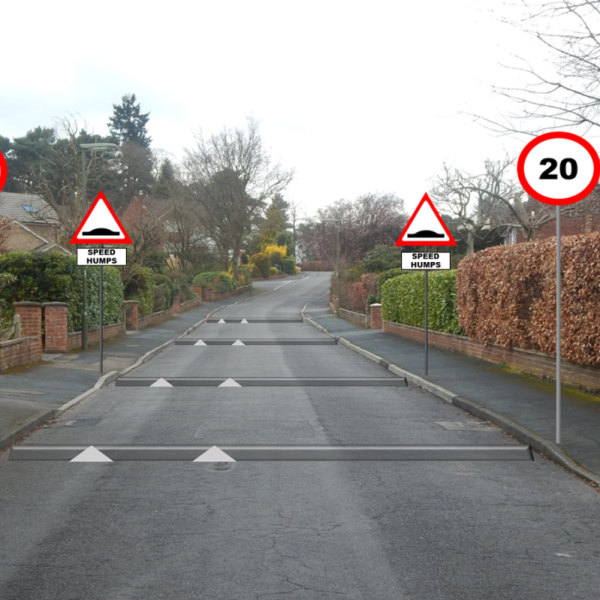
The Importance of Lane Delineation: Enhancing Safety and Traffic Flow
Lane delineation is a crucial aspect of road design and plays a vital role in ensuring safe and efficient transportation.
Clear and well-maintained lane markings provide guidance to drivers, facilitate smooth traffic flow, and reduce the risk of accidents. In this article, we delve into the importance of lane delineation and how it enhances safety and traffic flow on our roadways.
-
Clarity and Guidance:
Lane delineation serves as a visual guide for drivers, helping them navigate the road and stay within their designated lanes. Clear and visible lane markings provide essential information to drivers, allowing them to make informed decisions while driving.
By clearly defining the boundaries of each lane, lane delineation minimizes lane encroachments, reduces the likelihood of side-swipe collisions, and mitigates instances of drivers unintentionally drifting into adjacent lanes. It also helps drivers anticipate upcoming intersections, curves, and merges, promoting smoother and safer lane changes.
Moreover, lane delineation assists drivers in choosing the appropriate lane for their intended destination, such as exit ramps, turn lanes, or specific traffic directions. This clarity reduces confusion, minimizes sudden lane changes, and enhances overall traffic efficiency.
-
Reduction of Conflict Points:
Well-implemented lane delineation contributes to the reduction of conflict points, thereby enhancing safety on the roads. Conflict points are areas where vehicles are likely to intersect or collide, such as intersections, merging lanes, and diverging lanes.
Lane delineation in the form of painted lines or raised pavement markers helps separate conflicting traffic streams, reducing the chances of accidents. Clearly marked lanes guide drivers in choosing the correct path and minimizing the potential for side-impact or head-on collisions. The presence of distinct lane markings also aids in managing complex traffic situations, such as multiple lanes merging into one or diverging into separate directions.
Furthermore, lane delineation helps define bicycle lanes, bus lanes, and other dedicated lanes, creating a safer environment for non-motorized road users and public transportation. By clearly indicating these specialized lanes, drivers are more likely to respect their designated space, minimizing conflicts and improving overall road safety.
-
Improved Traffic Flow:
Efficient traffic flow is essential for reducing congestion, minimizing travel times, and maximizing the capacity of road networks. Lane delineation plays a vital role in optimizing traffic flow by organizing vehicles into clearly defined lanes and facilitating smooth movement.
Properly marked lanes guide drivers in maintaining consistent speeds, ensuring a steady and predictable flow of traffic. By reducing unnecessary lane changes and preventing erratic driving behavior, lane delineation helps maintain a more uniform traffic pattern, ultimately improving the overall flow of vehicles.
Moreover, lane delineation assists in managing traffic at intersections, where different streams of traffic converge. Clear markings provide guidance for drivers in choosing the appropriate lanes for their intended maneuvers, such as turning left, going straight, or making a right turn. This clarity reduces confusion and potential conflicts, allowing for more efficient traffic movements and minimizing delays.
-
Adapting to Changing Conditions:
Lane delineation also plays a crucial role in adapting to changing road conditions and promoting safety during various situations. For example, in construction zones or areas with temporary lane closures, well-marked detour routes and temporary lane delineation help drivers navigate through the changed traffic patterns safely.
Additionally, lane delineation can be used to provide warnings or guidance during adverse weather conditions, such as heavy rain, fog, or snow. Reflective lane markings or raised pavement markers enhance visibility in low-light situations, ensuring that drivers can clearly see the lanes and stay on the correct path.
Lane delineation is a critical component of road design that enhances safety and traffic flow. By providing clarity and guidance to drivers, lane markings help minimize lane encroachments, reduce conflicts, and promote smoother lane changes. Well-implemented lane delineation improves traffic flow by organizing vehicles into defined lanes, minimizing congestion, and maximizing road capacity. Furthermore, lane delineation allows for adaptability to changing conditions, such as construction zones or adverse weather, ensuring safe navigation for drivers.
In addition to traditional lane markings, alternative forms of lane delineation, such as cobblestone lane markings, can also offer unique benefits. Cobblestone lane delineation is a visually appealing method that utilizes raised cobblestones or pavers to separate lanes. This type of delineation not only provides clear lane separation but also adds a touch of charm and aesthetic appeal to the roadway.
Cobblestone lane delineation is particularly popular in historic districts or areas with a desire to maintain a traditional or vintage look. These distinctive lane markers are often seen in cobblestone streets or in areas with historical significance. They not only serve as a practical method of delineation but also contribute to the overall character and ambiance of the surroundings.
However, it’s important to note that cobblestone lane delineation may require additional maintenance compared to traditional painted lines or raised pavement markers. Over time, cobblestones may shift or become worn, potentially impacting their effectiveness as lane delineators. Regular inspections and repairs are essential to ensure their durability and visibility for drivers.
Ultimately, the choice of lane delineation method, whether traditional markings or cobblestone delineation, depends on various factors including road design, traffic volume, and the desired aesthetic of the area. Transportation authorities must carefully consider these factors when implementing lane delineation strategies to ensure both safety and the preservation of historical elements.
In conclusion, while traditional lane markings are widely used and effective, alternative forms of lane delineation like cobblestone lane markers offer unique advantages in terms of aesthetics and historical preservation. Regardless of the method chosen, maintaining clear and visible lane delineation is crucial for promoting road safety, reducing conflicts, and optimizing traffic flow. By investing in well-maintained and appropriate lane delineation techniques, transportation authorities can create road networks that prioritize both safety and the preservation of cultural heritage.
















